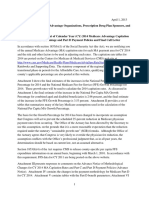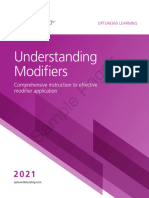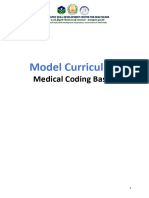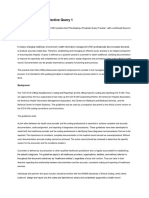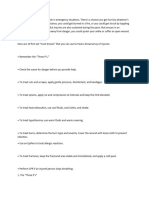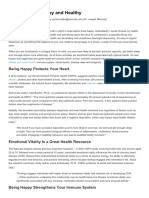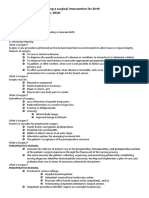0% found this document useful (0 votes)
425 views49 pagesNew Query Process - IP
The document outlines guidelines for generating clinical queries based on documentation discrepancies in patient health records. It emphasizes the importance of clinical indicators and the necessity of querying only when documentation is unclear or conflicting, while also detailing when not to issue a query. Additionally, it provides examples to illustrate the appropriate use of clinical judgment and the entire medical record in determining the need for queries.
Uploaded by
msivakotireddy43Copyright
© © All Rights Reserved
We take content rights seriously. If you suspect this is your content, claim it here.
Available Formats
Download as PDF, TXT or read online on Scribd
0% found this document useful (0 votes)
425 views49 pagesNew Query Process - IP
The document outlines guidelines for generating clinical queries based on documentation discrepancies in patient health records. It emphasizes the importance of clinical indicators and the necessity of querying only when documentation is unclear or conflicting, while also detailing when not to issue a query. Additionally, it provides examples to illustrate the appropriate use of clinical judgment and the entire medical record in determining the need for queries.
Uploaded by
msivakotireddy43Copyright
© © All Rights Reserved
We take content rights seriously. If you suspect this is your content, claim it here.
Available Formats
Download as PDF, TXT or read online on Scribd
/ 49









































